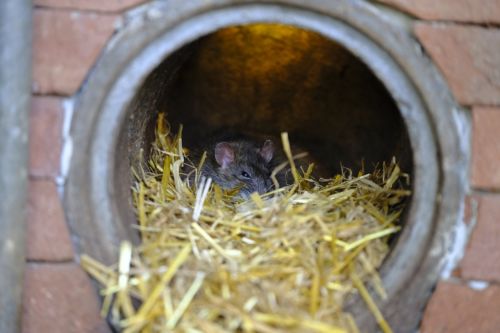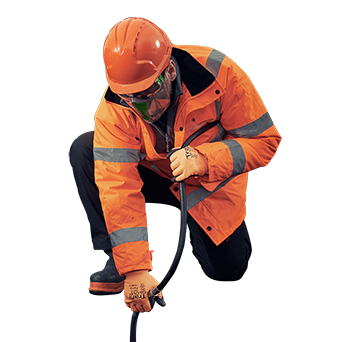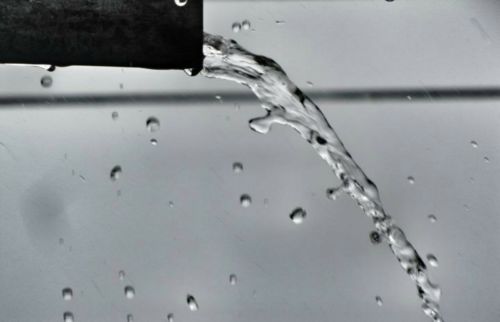Drainage 101: Dealing With a Pest Infestation
There are various types of pests which could gain entry to your property via your drainage system, but rats are the most common. Some rates are capable for swimming for over a mile, whilst others can tread water for numerous days. This means they won’t be put off by the water running through your drains.
Instead, rats will use your drainage system to gain entry into a potential nesting place. As residential homes and commercial buildings are typically warm and dry, they’re the ideal choice for pests. In addition, most pests find that well used buildings are a great source of food. As one of the most attractive places to set up home, it’s not surprising pests are so adept at using drains to access properties.
Identifying Pests in Your Drainage System
If you suspect that rats or any other pests are travelling through your drains, it’s important to take immediate action. Although wild rats will typically scurry away from humans, they’re still very unwelcome visitors who need to be removed.

Identify pests in your drainage system with CCTV drain surveys
An unresolved can wreak havoc on your home, particularly if your drainage system is affected. As well as gnawing through wiring and walls, rats could cause extensive damage to your drains. As a result, you could experience extensive leaks inside the property, under its foundations and outside.
Furthermore, vermin tend to carry disease, which puts your health at risk too. Due to the potential harm caused you, your family and your home, it’s vital seek professional help quickly. If you’ve heard scratching or scurrying in your property, there’s a chance pests have found a way to get inside.
Whilst a pest control firm can take action to remove the current infestation, you’ll also need to take steps to prevent pests from re-entering the property. With help from drainage experts, you can determine whether or not your drainage system is an entry point. In addition, experienced drain technicians can implement solutions to prevent pests from accessing your pipework in the future.
Assessing the Damage
When viewing your drains using specialist CCTV equipment, engineers can see whether there are cracks in the pipes and/or damage to the lining. This can be indicative of a pest-related issue, as rats will often use these openings as a point of entry to your home. Untreated cracks inevitably lead to flooding, regardless of whether pests are causing the damage.
Whilst minor cracks may only allow a relatively small amount of water to seep out of your drainage system at first, this can be enough to cause major damaging. If this happens inside the property, for example, a minor crack in your drainage system could result in standing water sitting atop of ceilings, under floorboards and close to wiring.
Furthermore, a minor crack doesn’t take long to turn into an even bigger problem. When the continued water pressure causes the crack to worsen, the flooding will become more apparent. In some cases, it could even cause the pipe to burst or collapse, which will render your drainage system completely unusable.
Fortunately, experienced engineers can assess what level of damage has occurred using a CCTV drain survey. As a no dig solution, this is the ideal way to examine your drains quickly and easily.
Repairing Your Drainage System
If pests are using your drains as a way of entering your property, you will need to repair the damage. By sealing off cracks, for example, you can prevent any types of leaks and also stop pests from gaining access to the drainage system.
Many people assume that drain repairs are extensive and costly, but this isn’t the case at all. In fact, you can use a range of no dig solutions with the minimum of fuss. Depending on the level of damage that’s occurred, technicians can implement effective repairs without digging down to the drains.

If your drain lining has been breached or if your drains aren’t lined, technicians can even replace this lining remotely. When you can repair drains without digging down to the pipes themselves, you can carry out repairs quickly, without the need to pull up floorboards in the property or dig through your garden or driveway outside.
Making Your Drains and Pipework Secure
As well as examining the drainage system in detail from inside the drains, technicians will also carry out a visual inspection of the exterior drains emanating from your property. If old, unused pipes are still in position, for example, engineers can seal them off with drain caps. This prevents pests from using the aging pipework as a form of entry.
Similarly, you can add a valve or flap to open-ended pipes. This still allows water and waste to leave the pipe but prevents anything from entering it. Using these methods, engineers can repair your drainage system and ensure pipework isn’t a source of entry for pests.
If you want to find out more about protecting your drains, contact FS Drainage now on 0800 689 3497.

